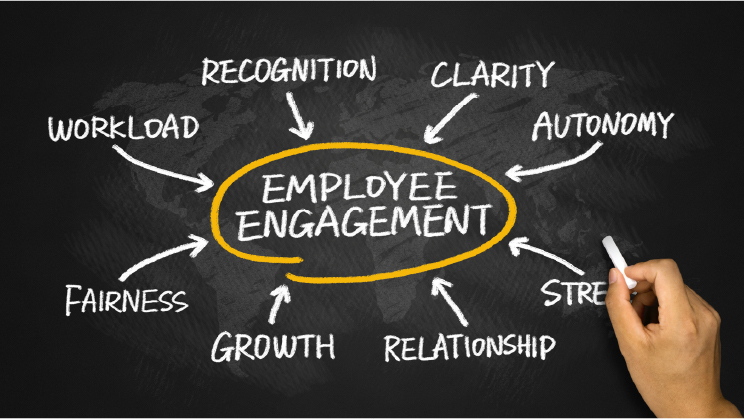As the workforce continues to evolve, it’s important to keep up with what employees value in an employer. Many organizations are re-approaching the way they present total compensation to their workforce. Unfortunately, this tactic is often utilized too late in the process to impact retention and engagement levels. On the flip side, HR teams that “think forward” and leverage total compensation as a proactive solution, and not as a point of reflection at the end of the year or quarter, gain an edge in the fight to recruit, engage and retain top talent.
Adopting a proactive approach towards total compensation will set your business ahead by instilling a culture of transparency and honest communication—key factors in retaining high-value employees and setting them up for the personal success that translates to business success.
How To “Think Forward” About Total Compensation
According to Kimmel and Associates, 91% of workers quit their job after three years. This revolving door of talent leaves companies in a tough spot to build company culture from the ground up. Opening up critical lines of communication with new recruits and top performers about their contribution to the organization and their total value as an employee can be an impactful way for HR to align core company values with their employee base – but it has to happen early in the employee life cycle.
Create a Positive Employee Outlook
Employees want to be empowered and nurtured, not micromanaged. Being proactive about total compensation helps build a company culture around development and progress. Quantitative data that illustrates what an employee is on track to achieve in the coming year can go a long way in driving a positive, healthy and productive outlook for an employee as well as prevent them from feeling like cogs in the wheel.
Prevent Miscommunication
Being upfront and proactive about total compensation also helps organizations prevent critical miscommunication between employees and managers. Total compensation discussions at the beginning of each quarter or year are great ice-breakers and can lead to frequent touch-points between management and staff. It’s important to keep employee expectations parallel to the company’s culture.
The first step in addressing retention and engagement has to be understanding employee expectations and motivators. Armed with this insight, HR teams can align total compensation programs with these values and have a better foundation for engaging employees with honest and supportive dialogue. Here’s a great article highlighting the power of employee benefits as a retention tool to help you start thinking critically about how you can innovate your company’s culture.


